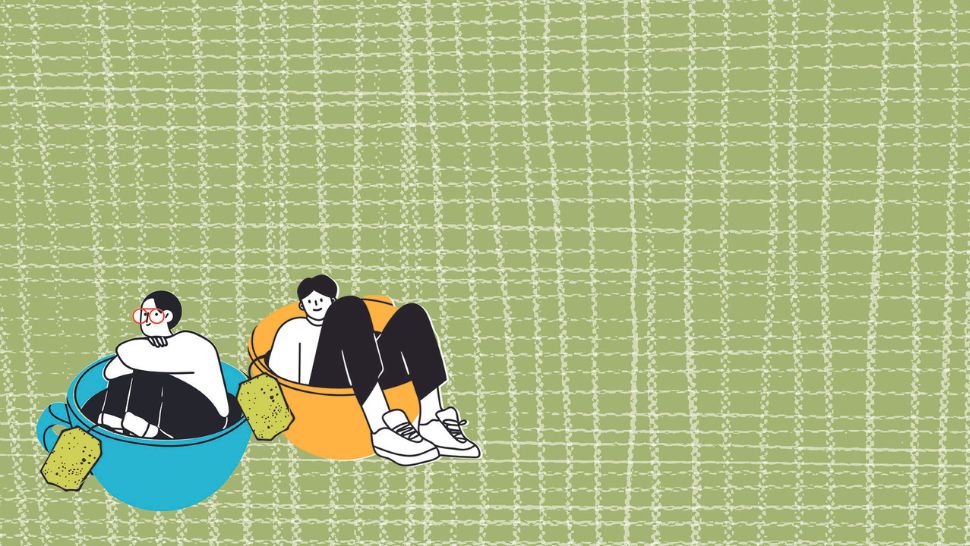Spilling the Tea (On Tea)
- by bonappetit

Sip, sip hooray! Tea is the most popular drink in the world, after water, with 5.8 million metric tons consumed each year. But did you know that all true teas — from black to white to green — are actually made from the same plant? In honor of Fair Trade Month, we’re delving into the details of the many expressions of the proverbial tea leaves.
Here’s how it works: tea is made from the leaves from the Camellia sinensis plant, and the variation in tea types we all know and love comes down to how the plant is harvested and processed. One of the main methods of processing is oxidation, which involves exposing tea leaves to oxygen and causes them to dry and get darker. The darker the leaves, the more oxidized — a light white tea is the least oxidized, whereas black tea leaves are more oxidized. And if you’re wondering, herbal teas like chai or chamomile are made from various herbs and flowers and not from the traditional Camellia sinensis tea plant.
Now that you’ve got the basics of tea under your belt, let’s explore how different processing methods impact the flavor of your tea.
Black tea
Caffeine level: High, 60–75 mg
Preparation: Steep 4-5 minutes at 185°-204° F
Method of production: Leaves are withered, rolled, oxidized for an extended period of time, and dried
Flavor: Dependent on production and whether herbal infusions are added
Green tea
Caffeine level: Medium, 15-30 mg
Preparation: Steep 2-4 minutes at 160°-180° F
Method of production: Green leaves are harvested and withered, pan fired or steamed to dry, and then rolled
Flavor: Nutty or herbaceous, depending on production
Pu-erh
Caffeine level: High, 50–70 mg
Preparation: Steep 4-5 minutes at 185°-204° F
Method of production: Initially processed like a green tea, the leaves are then piled, dampened, regularly turned, and fermented for 60 days
Flavor: Rich, earthy, and malty
Oolong tea
Caffeine level: Medium, 30–45 mg
Preparation: Steep 2-4 minutes at 185°-204° F
Method of production: Leaves are withered, rolled, oxidized for a short time, and dried
Flavor: Fresh and floral or roasted and full-bodied, depending on production
White tea
Caffeine level: Low, 10–15 mg
Preparation: Steep 2-4 minutes at 160°-180° F
Method of production: Baby tea leaves are harvested and immediately dried in the sun
Flavor: Mild and subtle, naturally sweet
Herbal teas
Caffeine level: None
Preparation: Steep 5-10 minutes at 204°-212° F
Method of production: Varies depending on ingredients; often combined with true teas
Flavor: Varies depending on ingredients
Please note that caffeine content varies based on when tea is harvested, the overall brewing time, and temperature. For context, an 8 oz cup of coffee has 90-200mg of caffeine.